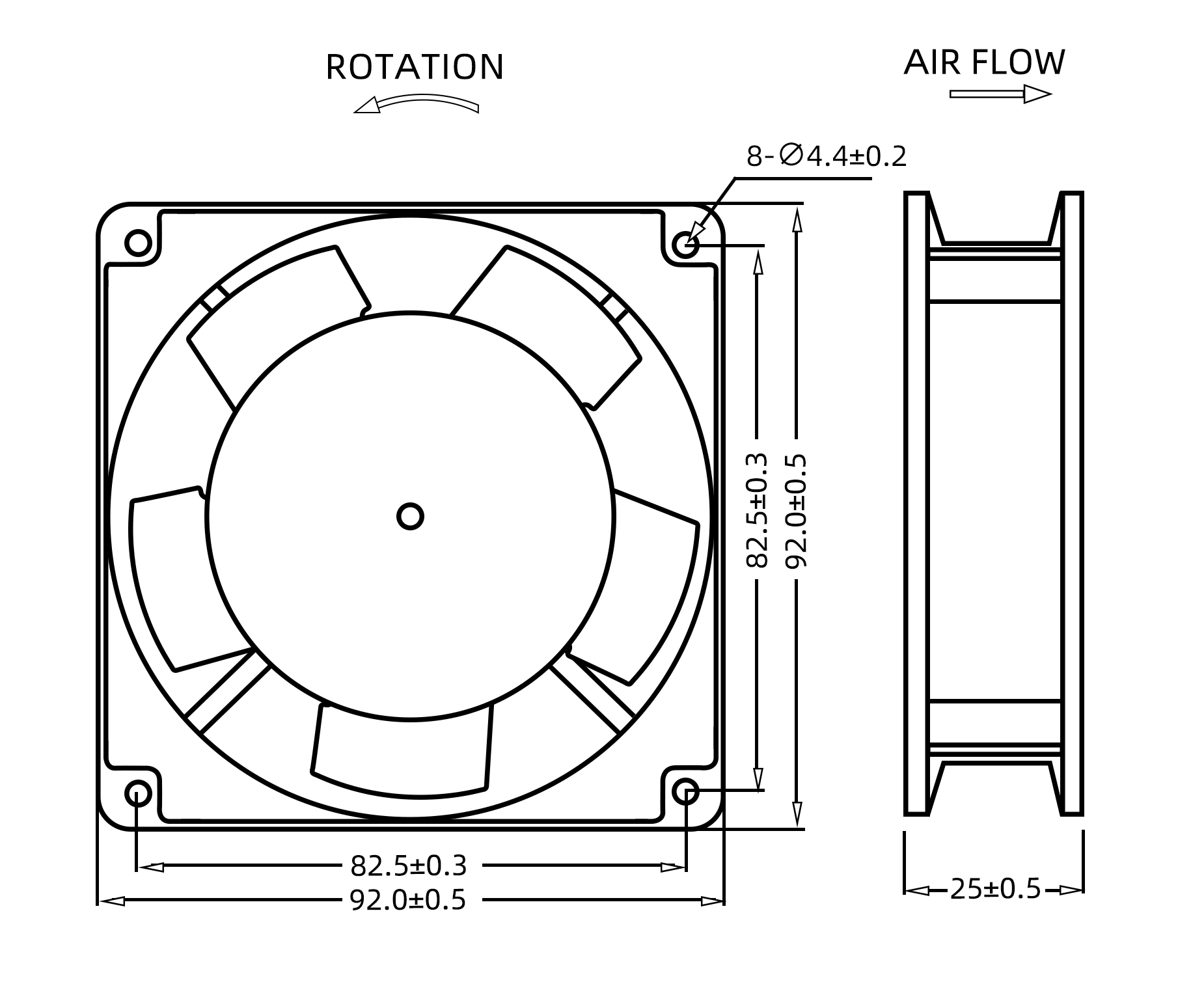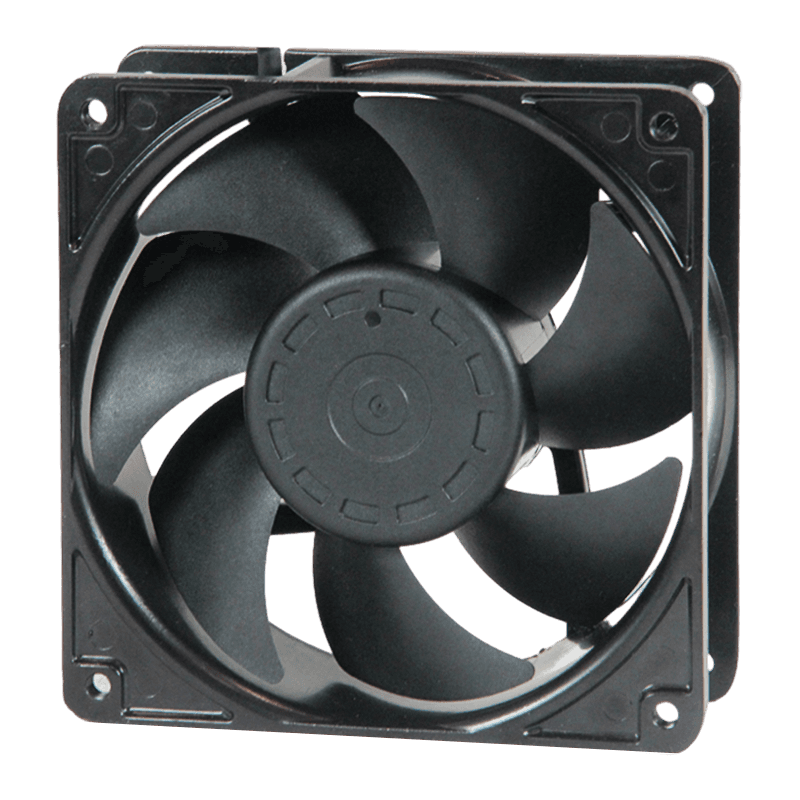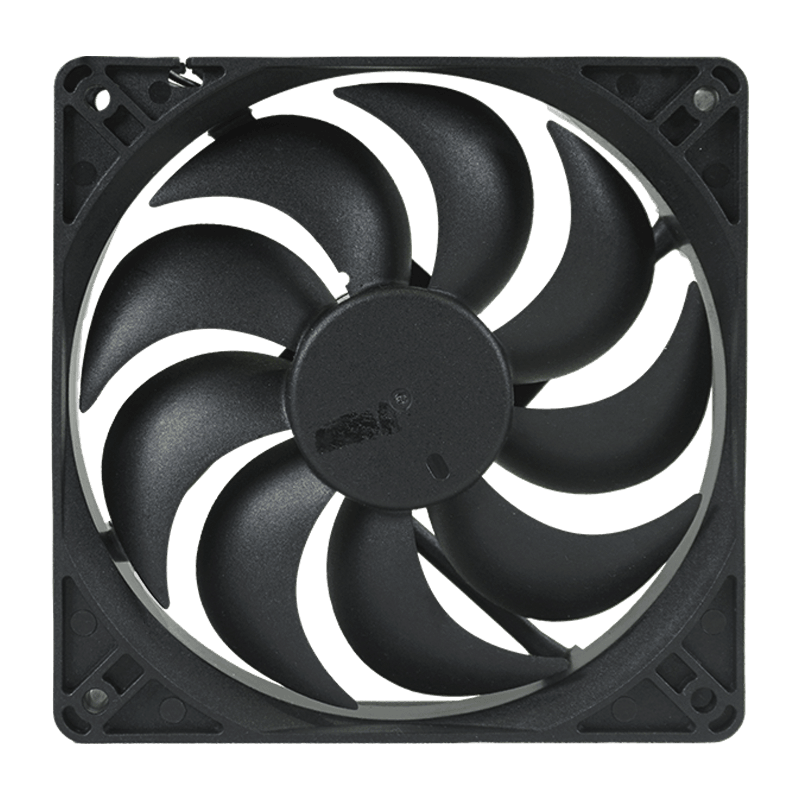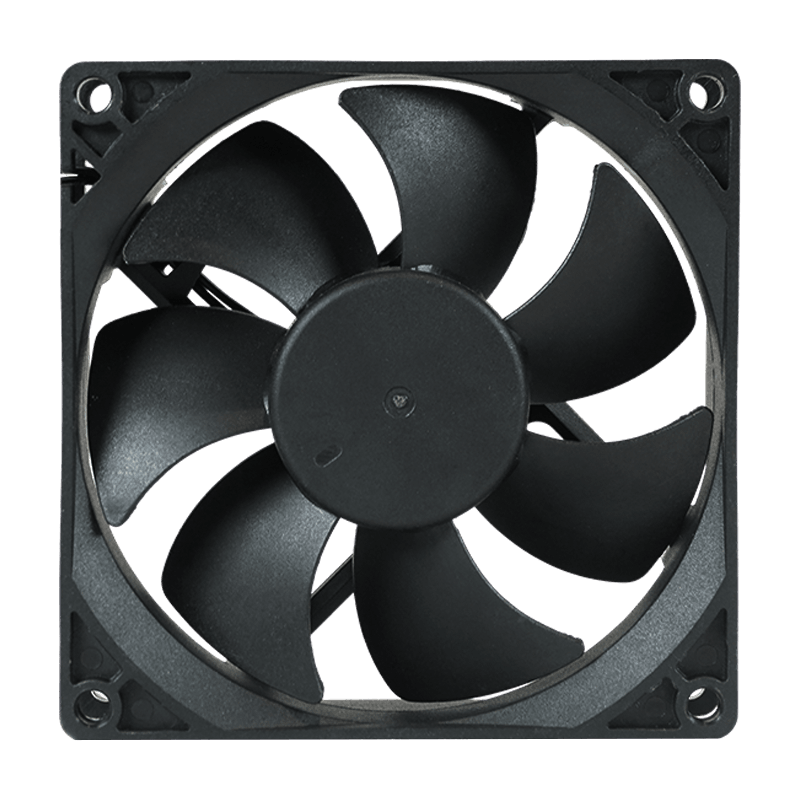Advancements in Motor Efficiency and Durability
The heart of any fan is its motor, and the development of the 200FZY Axial Flow Fans has been significantly influenced by progress in motor design. Early iterations likely relied on standard alternating current (AC) induction motors, which, while robust, offered limited control and fixed operational speeds. A key development has been the integration of advanced motor technologies, particularly Electronically Commutated (EC) motors. These motors provide a substantial leap in energy efficiency by converting AC power to DC and using a built-in inverter for precise control. This shift means that modern versions of the 200FZY Axial Flow Fans can achieve the same airflow as their predecessors while consuming significantly less electrical power. Furthermore, developments in bearing technology, such as the use of long-life ball bearings or even maintenance-free sleeve bearings, have enhanced the operational lifespan and reduced the need for frequent servicing. The motor's thermal protection systems have also become more sophisticated, preventing burnout during demanding duty cycles and contributing to the overall durability of the unit.

Evolution in Aerodynamic Design and Material Use
The efficiency of an axial fan is directly tied to the shape of its blades and the materials from which they are constructed. The development path of the 200FZY Axial Flow Fans shows a clear move toward more aerodynamically optimized impellers. Early blade designs were often simple, stamped metal shapes that, while functional, created significant turbulence and noise. Through computational fluid dynamics (CFD) modeling and extensive testing, modern blade profiles for the 200FZY Axial Flow Fans are carefully contoured. These airfoil-shaped blades are engineered to maximize airflow while reduce air resistance and drag, higher static pressure capabilities and reduced energy consumption. Concurrently, material choices have expanded. While aluminum and steel remain common for their strength, the use of engineered polymers and composite materials has increased. These lighter materials reduce the inertia the motor must overcome, allowing for faster start-up and more responsive speed changes. They also offer resistance to corrosion, making certain versions of the 200FZY Axial Flow Fans suitable for harsh environments, including those with high humidity or exposure to certain chemicals.
Integration of Intelligent Control Systems
Perhaps the transformative development in recent years is the move from simple on/off operation to intelligent, networked control. The basic function of a fan is to move air, but the modern requirement is to move the right amount of air at the right time. This is where smart controls have revolutionized the application of products like the 200FZY Axial Flow Fans. Modern versions are often equipped with built-in controllers that can interface with external sensors for temperature, pressure, or humidity. This allows the fan's speed to be modulated dynamically based on real-time conditions. For instance, in a ventilation system, the fan can ramp down when a space is unoccupied, saving energy, and ramp up quickly when pollutant levels rise. This capability for variable speed control is a direct result of the motor advancements mentioned earlier. Furthermore, some advanced models can be integrated into Building Management Systems (BMS) or Internet of Things (IoT) platforms, allowing for remote monitoring, predictive maintenance alerts, and centralized management of an entire facility's airflow needs.
Expansion of Application-Specific Versatility
The cumulative effect of these technological developments is a significant expansion in the range of applications for which the 200FZY Axial Flow Fans are suited. Initially designed for general-purpose ventilation in factories or warehouses, their enhanced capabilities have opened doors to more demanding and precise environments. In the agricultural sector, they are now integral to controlled-environment farming, providing consistent airflow for climate control in greenhouses. In the electronics industry, they provide targeted cooling for server racks and power distribution units, where stable temperatures are critical. The improved energy efficiency and quiet operation also make them suitable for commercial HVAC systems in offices and retail spaces, where occupant comfort and low operational costs are priorities. The development of specialized variants, with coatings for corrosive atmospheres or hardened components for high-temperature exhaust, demonstrates how a foundational product line can evolve to meet the nuanced demands of diverse modern industries.

 English
English 中文简体
中文简体 عربى
عربى






